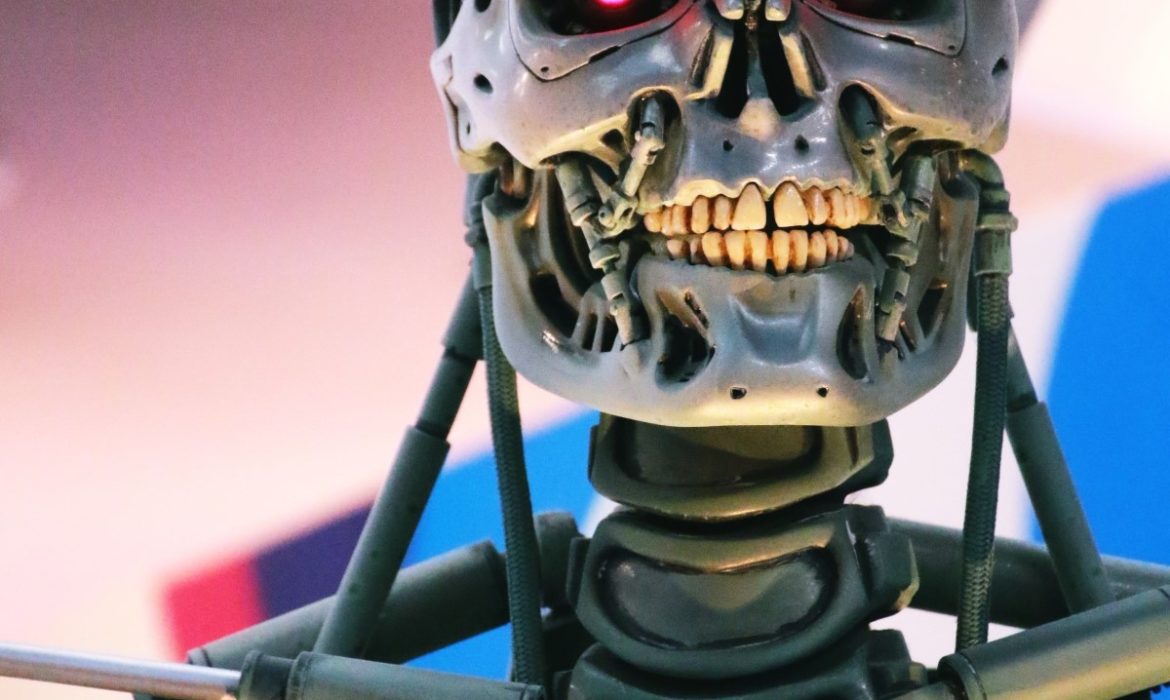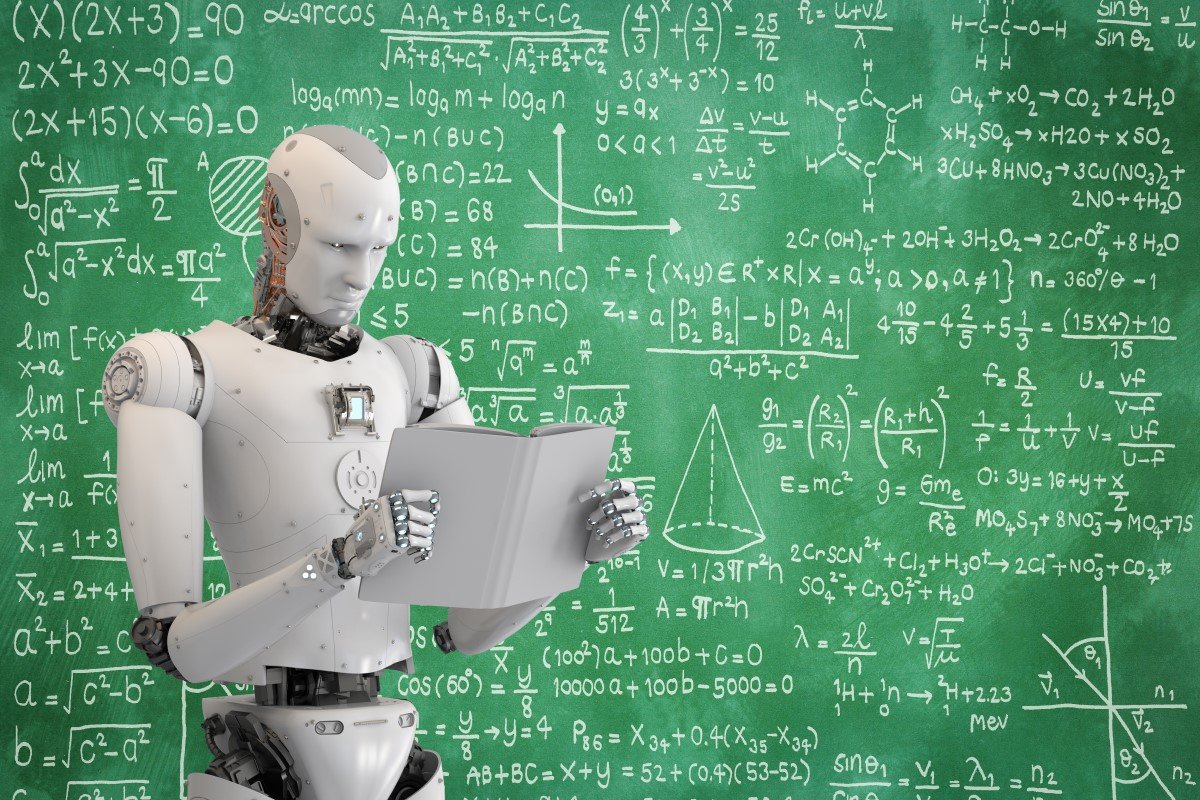Let us check the robots. Autonomous machines are capable of deadly force. Despite numerous ethical concerns, they are increasingly prevalent in modern warfare. The video is stark. In a field, two menacing men stand next to a white van. They are holding remote controls. They open the van’s back doors.
There is the whining sound of quadcopter drones’ crescendos. They flip a switch. Thus, the drones swarm out like bats from a cave. In a few seconds, we are in a college classroom—the killer robots flood in through vents and windows. Students trapped inside scream in terror. It is because drones attack with deadly force. The film’s name is Slaughterbots. The lesson it tries to impart is clear: tiny killer robots are here or a small technological advance away. Terrorists can quickly deploy them. So, existing defenses are nonexistent or weak.
The Future of Life Institute is an organization researching existential threats to humanity. That organization made the Slaughterbots. Some military experts argued that Slaughterbots sensationalized a severe problem, stoking fear where calm reflection was required. Nevertheless, when it comes to the future of war, the line between industrial fact and science fiction is often blurry. The United States air force has predicted the future. In that future, Swat teams will send mechanical insects equipped with video cameras. It will be to creep inside a building during a hostage standoff. One microsystems collaborative has already released Octoroach. Octoroach is a tiny robot with a radio and camera transmitter covering up to a hundred meters on the ground. It is only one of many nature-imitating, ‘biomimetic’ weapons that are on the horizon.
Robots
For avant-garde military theorists, many other noxious creatures are now models. A recent novel by August Cole and PW Singer is happening soon in which the United States is at war with Russia and China. The story goes from the kaleidoscopic vision of hijacked satellites, autonomous drones, and lasers. The book is not a techno-military fantasy. It includes hundreds of footnotes documenting the development of each piece of software and hardware it describes.
Advances in the modeling of killing machines are no less disturbing. There is a Russian science fiction story from the 60s, Crabs on the Island.
The storyline is a kind of Hunger Games for artificial intelligence. Their robots battle one another for resources. Losers are out, and winners are in until some evolve to be the best killing machine.
All in all, we must be careful concerning the development of robots.
















